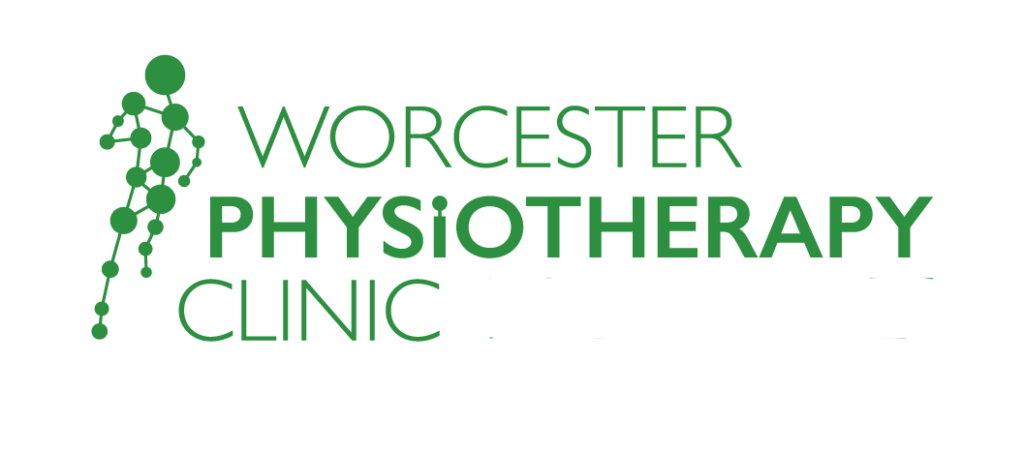Back pain is incredibly common—so common in fact that around 85% of people will experience it at least once in their lives (1). Despite how widespread it is, there’s a lot of stigma and misinformation surrounding back pain and in particular, disc injuries. This blog aims to clear up some of the confusion and reassure anyone who’s dealing with back pain.
Understanding Back Pain: Breaking the Myths
One of the biggest barriers to overcoming back pain is a misunderstanding of what’s happening in your body – but we’re working hard to spread a message that reassures you, and doesn’t scare you.
For example, you might have heard (or even said) things like:
- “I can’t, I have a bad back.”
- “I can’t, I’ve slipped a disc.”
- “I was told I won’t be able to, because of my back.”
And sometimes these beliefs come from myths, misconceptions and miscommunications. Unfortunately, they can make us fear movement after experiencing back pain or an injury, and we’re here to provide you with clarity and confidence:
Firstly, Discs Don’t Slip!
Your spinal discs are tough, fibrous structures that sit between the vertebrae in your spine. Their role is to help distribute forces throughout your spine when it moves. And while discs can contribute to back pain, they don’t actually “slip.”
What’s often referred to as a “slipped disc” is typically a bulging or herniated disc, which is usually diagnosed through an MRI scan. However, just because a disc is bulging or herniated doesn’t mean it’s causing pain. In fact, many people with disc issues don’t experience any symptoms at all!
The Truth About Disc Changes
The research paper tabled below studied over 3,000 symptom-free individuals and showed that changes to the spine, such as disc bulging, are common but don’t necessarily cause pain (2). In fact, it showed that 30% of 20 year olds will have a disc bulge – and be symptom free.
This research teaches us two important lessons:
- Changes in your spine don’t automatically lead to symptoms.
- A scan alone may not be enough to diagnose the cause of your pain.
Our spines are robust and designed to withstand a variety of forces over our lifetimes. So, even if there’s something different happening in your spine, it might not be the source of your pain.
What’s the Best Treatment for Back Pain?
The key to long-term relief from back pain is movement! Your spine thrives on motion, and the most effective treatment involves a tailored exercise programme. When exercises are personalised to your needs, they help build strength and resilience in your spine. If they are not tailored, or modified with time, then they’re unlikely to get you the best results!
That being said, the type, frequency, and intensity of exercise should be adjusted based on your specific assessment findings. As a general rule: if it feels comfortable, it’s probably going to be beneficial! However, if the exercises are too painful, too easy, or done insufficiently, they won’t be as effective—and could even make things worse.
Are Other Treatments Useful?
While exercise is crucial, other treatments like massage, joint mobilisations, and acupuncture can be excellent complements to your recovery plan. At our clinic, we use these treatments regularly, but they work best when combined with a personalised rehabilitation programme. Relying on these treatments alone might give you short-term relief, but for lasting change, it’s important to stay focused on your rehab plan.
Can You Get Back to Doing the Things You Love?
Absolutely! Improving long-term back pain takes discipline, determination, and accountability—but it’s so rewarding. We often see people go from obtaining regular maintenance treatments for their back pain to confidently doing things they never thought they could do again, and doing them comfortably!
If you’re ready to start your journey toward recovery or want a second opinion, book a 10-minute Discovery Call with us. We’re here to help you get back to doing the things you love.
References:
1. Andersson GB. Epidemiological features of chronic low-back pain. Lancet. 1999 Aug 14;354(9178):581-5. doi: 10.1016/S0140-6736(99)01312-4. PMID: 10470716.
2. Brinjikji W, Luetmer PH, Comstock B, Bresnahan BW, Chen LE, Deyo RA, Halabi S, Turner JA, Avins AL, James K, Wald JT, Kallmes DF, Jarvik JG. Systematic literature review of imaging features of spinal degeneration in asymptomatic populations. AJNR Am J Neuroradiol. 2015 Apr;36(4):811-6. doi: 10.3174/ajnr.A4173. Epub 2014 Nov 27. PMID: 25430861; PMCID: PMC4464797.
